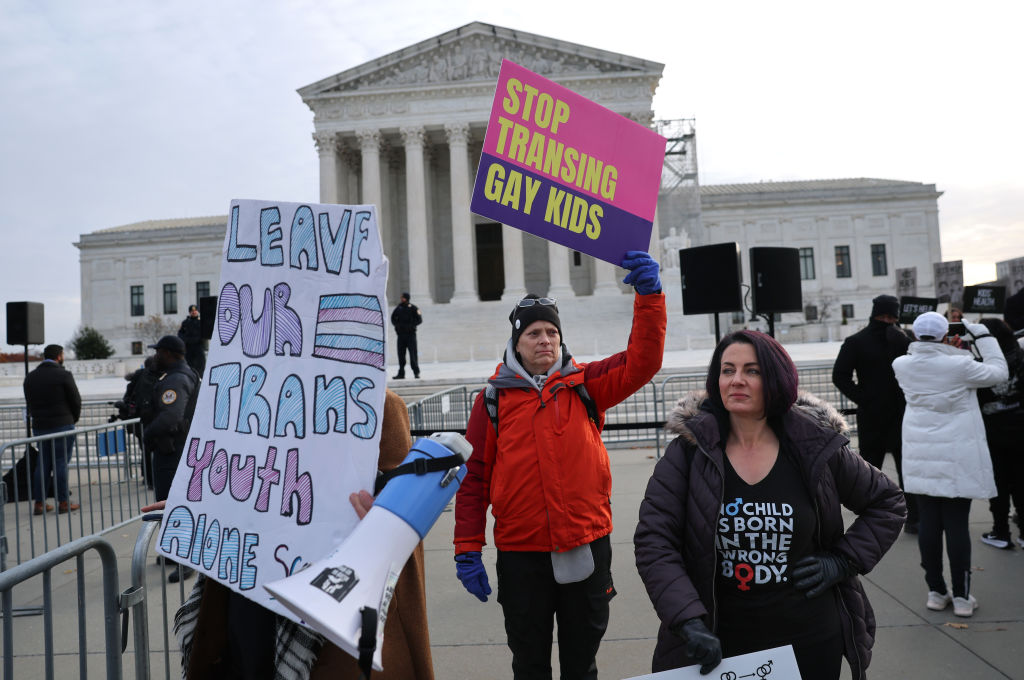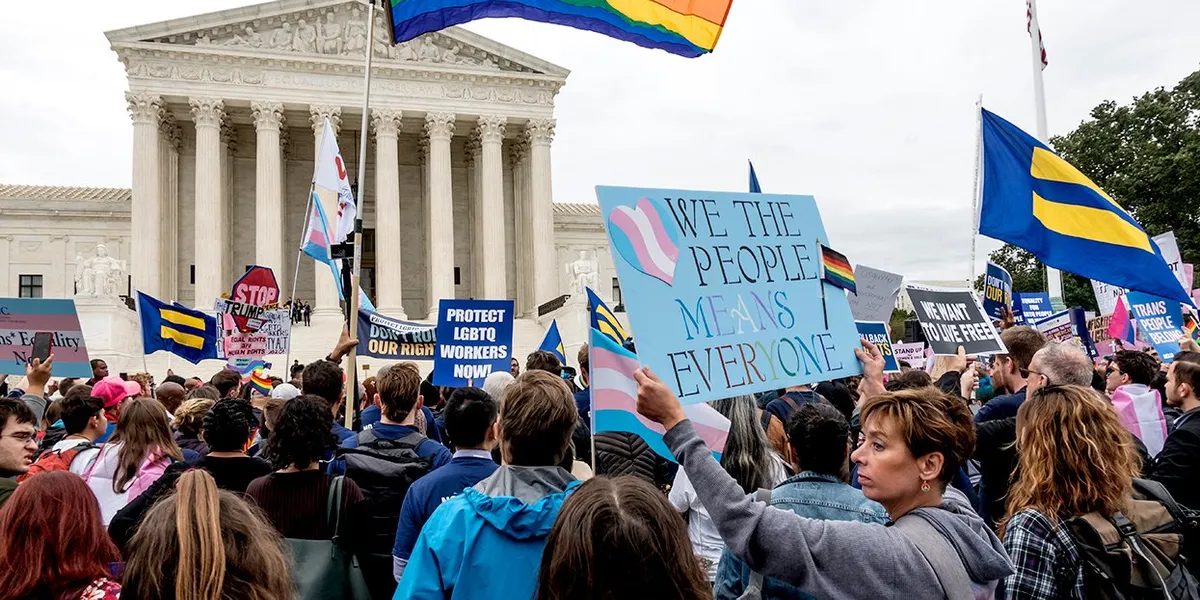Supreme Court Upholds Tennessee Ban on Gender-Affirming Care for Trans Youth in Landmark Ruling

WASHINGTON, D.C. — In a highly consequential decision, the U.S. Supreme Court on Wednesday upheld Tennessee’s ban on gender-affirming medical care for transgender minors. The 6-3 ruling, led by the court’s conservative majority, is expected to set a legal precedent that strengthens similar laws in other Republican-led states and complicates efforts to challenge such restrictions nationwide.
The case, United States v. Tennessee, marked the first time the high court weighed in on state-level restrictions on transgender healthcare for minors. Chief Justice John Roberts authored the majority opinion, which was joined by Justices Clarence Thomas, Samuel Alito, Neil Gorsuch, Brett Kavanaugh, and Amy Coney Barrett. The three liberal justices—Sonia Sotomayor, Elena Kagan, and Ketanji Brown Jackson—dissented, with Sotomayor delivering a rare and emotional dissent from the bench.
The Case and the Law at the Center
At the heart of the dispute was Tennessee’s Senate Bill 1 (SB 1), enacted in 2023. The law prohibits the use of puberty blockers and hormone therapies for the purpose of enabling minors to live as a gender different from their sex assigned at birth. It also bans gender-affirming surgeries for minors, though that part of the law was not directly challenged in this case. Violations of the law carry civil penalties for healthcare providers.
The statute defines prohibited treatments as those intended to address “purported discomfort or distress from a discordance between the minor’s sex and asserted identity.” The law allows exceptions for non-transgender medical uses of hormone therapy, such as treating precocious puberty or other endocrine disorders.
The law was initially challenged by three transgender teenagers, their families, and a Tennessee doctor specializing in gender dysphoria treatment. The Biden administration later joined the lawsuit, arguing that SB 1 constitutes sex-based discrimination, violating the Equal Protection Clause of the Fourteenth Amendment.
The Court’s Reasoning
In the majority opinion, Chief Justice Roberts acknowledged the complexity and sensitivity of the medical and policy debates surrounding gender-affirming care. However, he concluded that such disagreements fall outside the scope of constitutional protections under the Equal Protection Clause.
“This case carries with it the weight of fierce scientific and policy debates,” Roberts wrote. “But the Equal Protection Clause does not resolve these disagreements. It does not require federal courts to second-guess legislative judgments in an evolving area of medical practice.”
The ruling sets a key precedent by signaling that future judicial reviews of similar laws will use the lowest level of scrutiny—rational basis review—a standard under which laws are more likely to be upheld as long as the state can provide a plausible justification.
A Fierce Dissent
Justice Sonia Sotomayor’s dissent offered a sharp rebuke of the majority’s stance. She accused the court of undermining established legal principles by failing to recognize SB 1 as a form of sex discrimination.
“The court abandons transgender children and their families to the political whims of the moment,” she wrote. “In sadness, I dissent.”
Sotomayor argued that the law clearly treats children differently based on sex, because certain treatments (like estrogen or testosterone) are permitted for cisgender youth but banned when used for gender transition.
“The majority refuses to call a spade a spade,” she said. “It obfuscates a sex classification that is plain on the face of this statute.”
Political and Social Backdrop
The decision comes amid a broader wave of legislation targeting the rights of transgender individuals in the United States. Since 2020, more than 20 Republican-led states have passed restrictions on gender-affirming care for minors. Over 110,000 teenagers now live in states with bans on puberty blockers and hormone therapy, according to the Williams Institute at UCLA.
Tennessee officials defended SB 1 as a measure to protect children, arguing that minors are too young to make permanent decisions about their gender identity. The state claimed the law was not discriminatory because it applied uniformly to all minors, regardless of sex, and was rooted in the state’s interest in regulating medical care for youth.
Supporters of the law have welcomed the Supreme Court’s ruling as a victory for parental rights and state sovereignty. Critics, including LGBTQ+ advocacy organizations and medical associations, argue that the law puts vulnerable youth at risk by denying them access to evidence-based care recommended by the American Academy of Pediatrics, the Endocrine Society, and other professional groups.
A Shifting Federal Stance
The political landscape also shifted significantly while the case was pending. After President Donald Trump returned to office in January 2025, his administration reversed the Biden-era legal position, withdrawing its support for the plaintiffs. Trump has taken a hardline stance against transgender rights, including efforts to ban transgender people from military service and eliminate nonbinary gender markers on federal documents.
The court’s decision is a major victory for social conservatives and a pivotal moment in the national debate over transgender rights. It raises serious questions about how far state governments can go in regulating the identities and medical decisions of their youngest residents—and what recourse, if any, remains for those who feel excluded or endangered by these policies.



